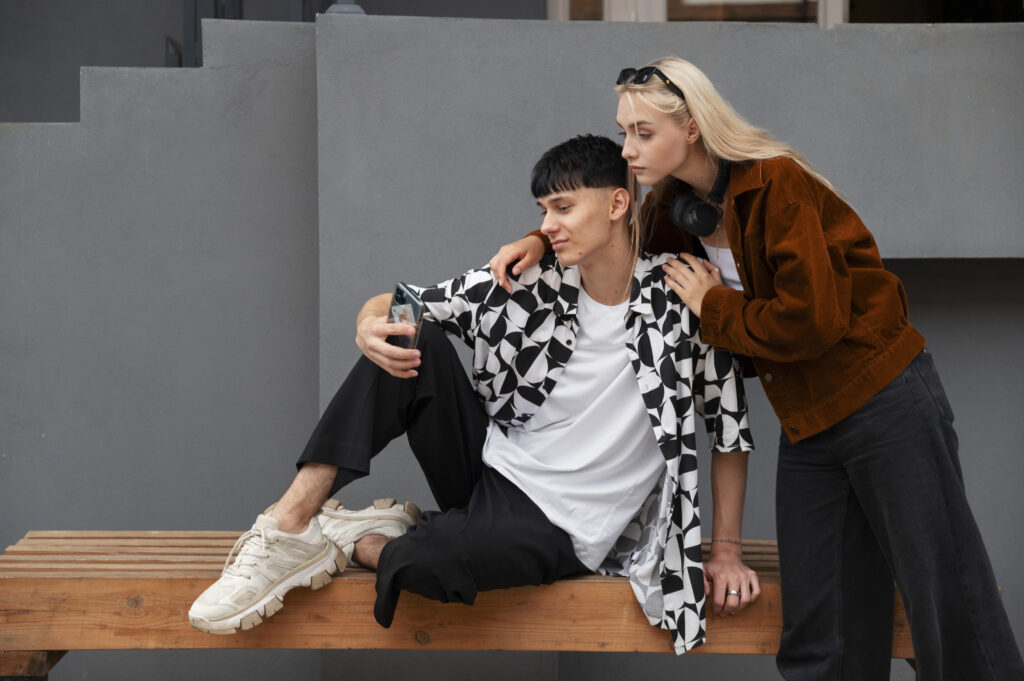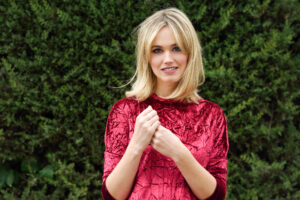Milan Fashion Week 2025 represents more than just fashion shows; it’s a celebration of global creativity, Italian elegance, and innovation. As one of the “Big Four” fashion weeks, Milan continues to set trends, spotlight talent, and define the industry’s direction. This year, designers pushed boundaries and celebrated both tradition and progress. Runways became stages for storytelling, and clothing became symbols of change.
Table of Contents
Setting the Stage: What Is Milan Fashion Week?
Milan Fashion Week is a biannual event hosted in Milan, Italy, featuring collections for both women’s and men’s fashion. Organized by the National Chamber for Italian Fashion (Camera Nazionale della Moda Italiana), it draws top designers, media houses, influencers, and fashion lovers from around the world.
The 2025 edition included collections for both Fall/Winter and Spring/Summer, unveiling fresh looks and experimental designs that echo future lifestyles. Milan’s commitment to sustainability, gender-fluidity, and inclusivity took center stage once again. It’s not only about fashion—it’s about shaping the world through fabric, vision, and innovation.
Dates to Remember
The 2025 calendar included key events that drew both in-person and virtual attendees:
- Men’s Fashion Week: January 12–17, 2025
- Women’s Fashion Week: February 18–24, 2025
- Spring/Summer Previews: September 20–26, 2025
These timeframes were crucial for unveiling global fashion trends and launching major marketing campaigns across digital and retail platforms.
Key Trends from Milan Fashion Week 2025
1. Futuristic Minimalism
Designers embraced clean lines, neutral tones, and tech-inspired fabrics. Brands like Prada and Jil Sander led the charge with garments that felt both sleek and forward-looking. This trend catered to the growing demand for wearable, smart fashion that transcends seasons and fads. It’s functional, but never boring.
2. Sustainable Luxury
Many collections featured upcycled fabrics, plant-based dyes, and eco-conscious production methods. Gucci and Stella McCartney highlighted their sustainability pledges through tailored yet eco-responsible pieces. The message was clear: you can wear luxury and still love the Earth. The fusion of beauty and responsibility became the week’s powerful undercurrent.
3. Fluid Silhouettes
Gender-neutral and androgynous cuts dominated runways. Oversized suits, flowing tunics, and unstructured outerwear were recurring staples in brands like Fendi, Versace, and Etro. These silhouettes offered freedom of movement, breaking down traditional gender boundaries in fashion while embracing individuality.
4. Digital Prints and Virtual Fashion
Inspired by AI and the metaverse, digital patterns and augmented-reality-friendly designs found their way into the collections of MSGM and Dolce & Gabbana. These forward-thinking designs paved the way for a new form of self-expression both online and offline, showing that fashion isn’t just physical anymore.
Standout Designers and Collections
Prada: Tech Meets Tailoring
Prada delivered a collection filled with futuristic, structured tailoring and reimagined officewear. The brand’s creative directors brought a digital-age approach to classic silhouettes. Metallics, synthetic fabrics, and unexpected textures gave each piece a modern edge. Audiences applauded the way Prada wove nostalgia into futurism.
Versace: Glamour Redefined
Versace went bold with metallic fabrics, body-positive models, and structured glam. Their message was clear: empowerment through fearless fashion. The collection exuded sensuality and confidence, with sculptural pieces that flattered and celebrated every body type.
Bottega Veneta: Art Meets Utility
Bottega Veneta showcased wearable art with woven leather pieces, sculptural handbags, and a deep focus on artisan craftsmanship. Their runway was less about flash and more about feeling—quiet luxury executed with incredible precision.
Gucci: Roots and Reinvention
Gucci embraced its archives while looking ahead. Creative detailing, embroidered denim, and nostalgic prints mixed with eco-friendly fabric innovation to form a collection that honored the past while reshaping the future. It was bold, smart, and soulful.
Table: Fashion Week Highlights
| Brand | Key Theme | Signature Piece | Notable Element |
|---|---|---|---|
| Prada | Futurism | Oversized metallic blazer | Smart-fabric detailing |
| Versace | Empowerment | Leather corset-dress | Plus-size model debut |
| Gucci | Sustainability | Recycled denim jumpsuit | Earth-tone palette |
| Bottega Veneta | Artisanal Heritage | Woven leather tote | Slow fashion commitment |
| Dolce & Gabbana | Metaverse Inspiration | AR-ready graphic coat | Digital avatars in campaign |
The Role of Emerging Designers
This year, Milan spotlighted next-gen designers with dedicated showcases. Rising stars like Andrea Adamo and Marco Rambaldi gained traction by blending youth culture with high fashion. Themes of identity, inclusiveness, and social commentary ran throughout their collections.
The emerging talent platforms provided these designers with international visibility, helping them form connections with buyers and media alike. Their work injected Milan with a fresh creative pulse, signaling a shift toward more personalized storytelling in design.
Behind the Scenes: Street Style and Culture
Outside the runway, the streets of Milan served as a style haven. Attendees flaunted vintage pieces, bold accessories, and monochrome looks. Street style photographers captured every turn, emphasizing Milan’s ongoing influence as a global fashion capital. The street became a secondary runway where individuality reigned supreme.
Fashion and Technology
Technology was a major player in Milan Fashion Week 2025:
- Virtual Reality booths let attendees preview collections.
- NFT fashion tokens were offered by select designers.
- 3D printed shoes and bags appeared in select runway presentations.
These shifts reflect how fashion is expanding beyond the physical world. Digital layers and blockchain features are beginning to merge fashion with identity in the virtual space.
The Business of Fashion
Milan Fashion Week is not just artistic—it’s economic. 2025 saw strong returns from luxury retail, with pre-orders made instantly available through QR code links embedded in shows. This fusion of experience and commerce helped drive global sales. In fact, many brands reported spikes in engagement and direct-to-consumer sales after their runway events.
Fashion’s Impact on Culture
Fashion in Milan has always been about more than clothes. It’s a voice. A statement. A way to tell the world who you are. In 2025, designers used their platforms to discuss mental health, climate change, and the role of women in leadership. Runway shows became performances with depth, moving beyond style into substance.
Celebrity Influence and Media Coverage
Celebrity attendance continued to boost the event’s global reach. Stars like Zendaya, Timothée Chalamet, and Dua Lipa brought high-profile glamour to front rows. Social media coverage by influencers added layers of engagement, turning each event into a worldwide digital spectacle. Instagram, TikTok, and YouTube lit up with behind-the-scenes peeks and real-time commentary.
Final Thoughts
Milan Fashion Week 2025 proved that fashion can be intelligent, inclusive, and imaginative. By blending tech, culture, and sustainability, the event redefined what modern luxury means. Whether on the runway or in the streets, Milan’s voice remains strong, confident, and ever-evolving.
FAQs
Q1: Can the public attend Milan Fashion Week?
Most events are invite-only, but some open showcases and digital streams are available to the public.
Q2: What makes Milan Fashion Week unique?
It combines Italy’s design heritage with cutting-edge innovation, attracting the world’s top designers and media.
Q3: Are there sustainable brands in Milan Fashion Week?
Yes. Major labels and indie designers alike are showcasing eco-conscious practices and materials.
Q4: How can I watch the shows?
Fashion shows are streamed online via the official Camera Moda website and designer platforms.
Q5: When is the next Milan Fashion Week?
The Spring/Summer 2026 collections are set to debut in September 2025.
Read Latest Post
Spinelli Kilcollin Ring: The Modern Luxury Statement Piece
Hiperdex: Your Ultimate Guide to Reading Manga Online






